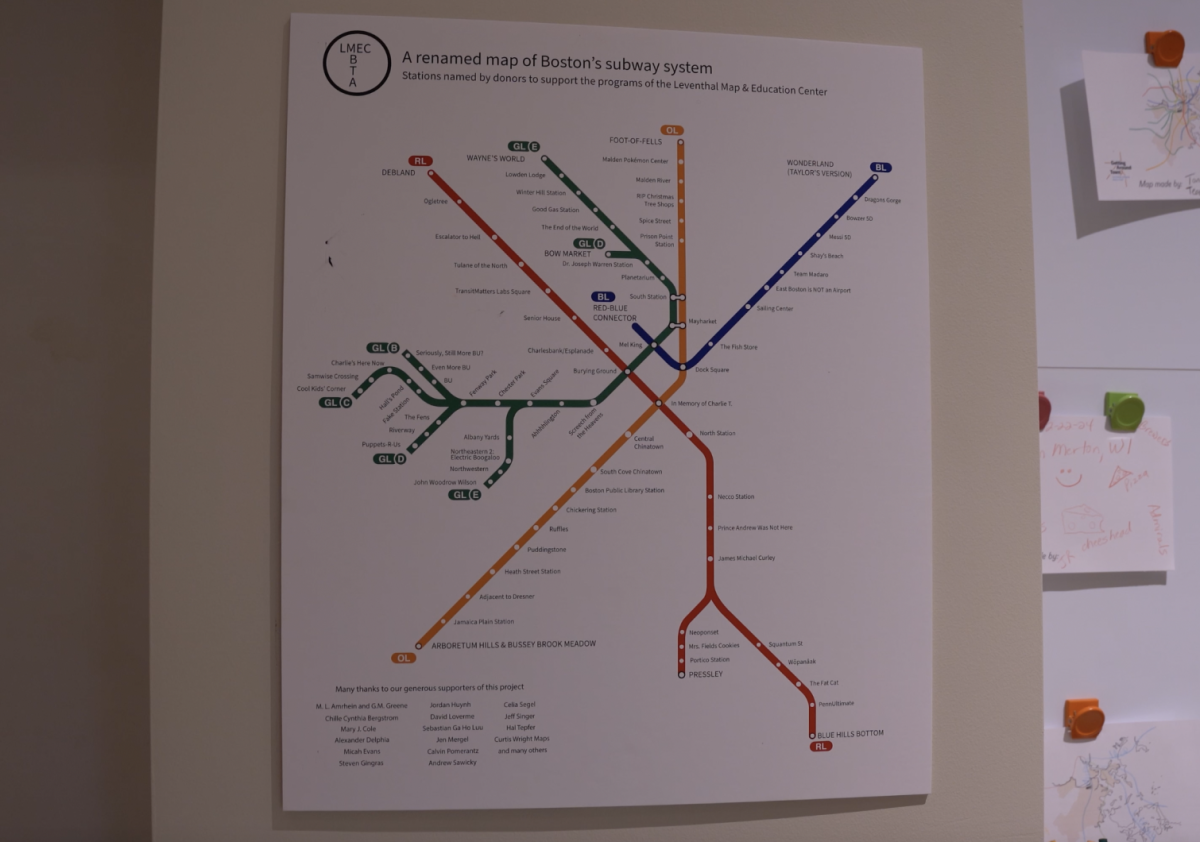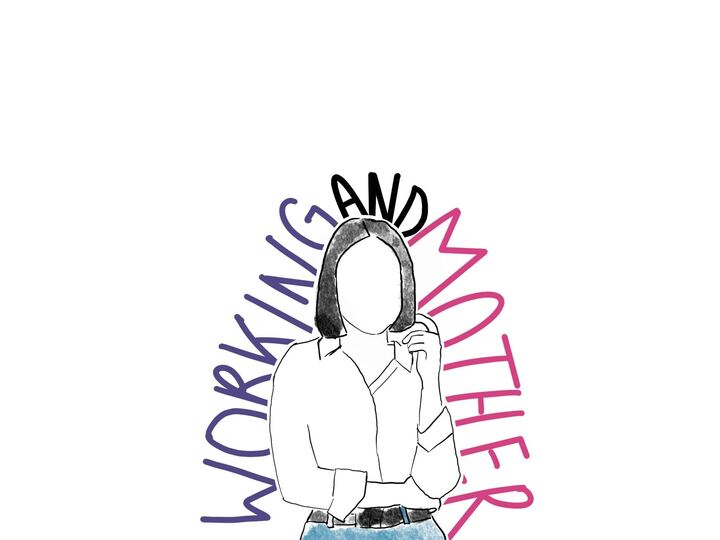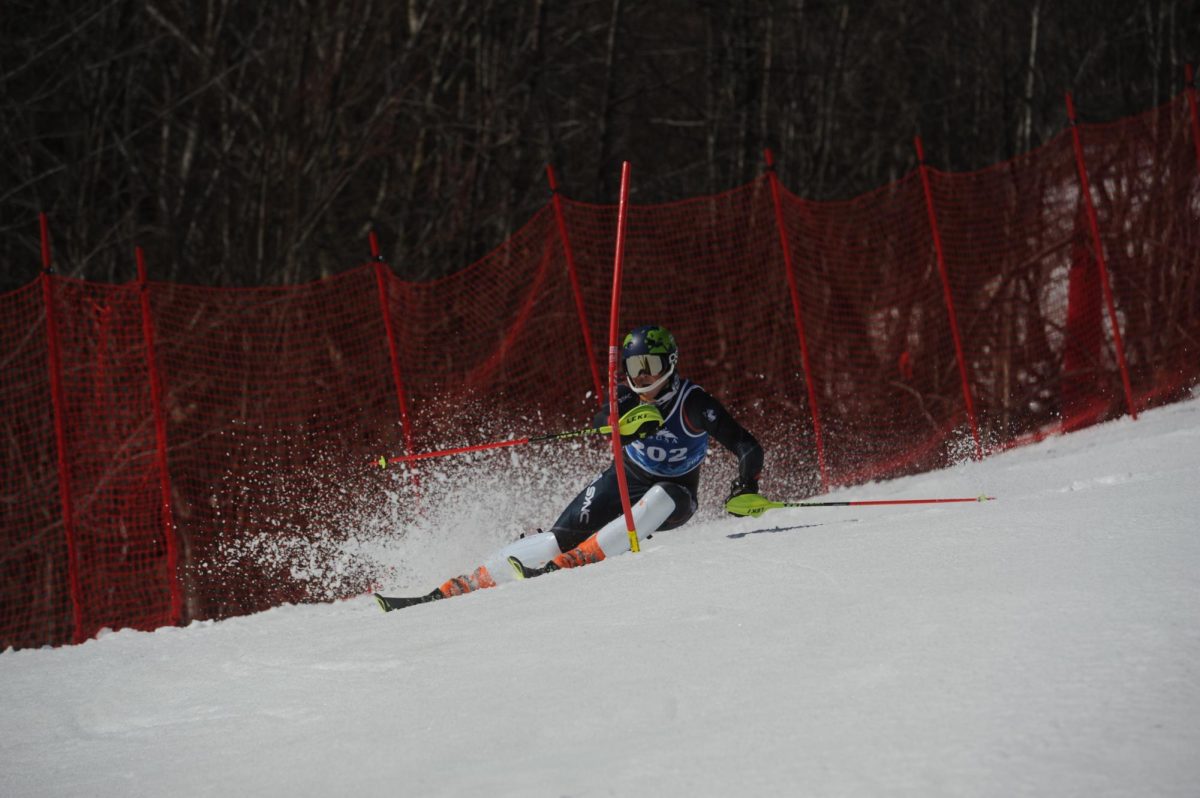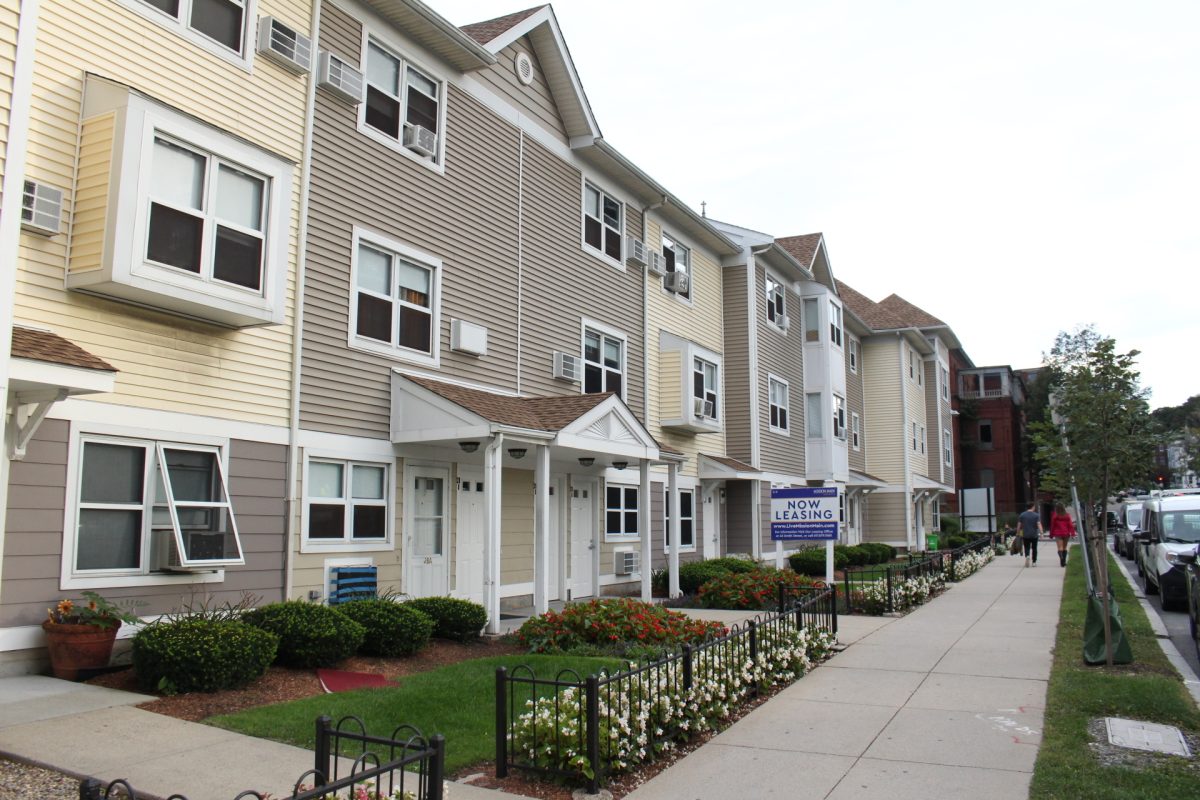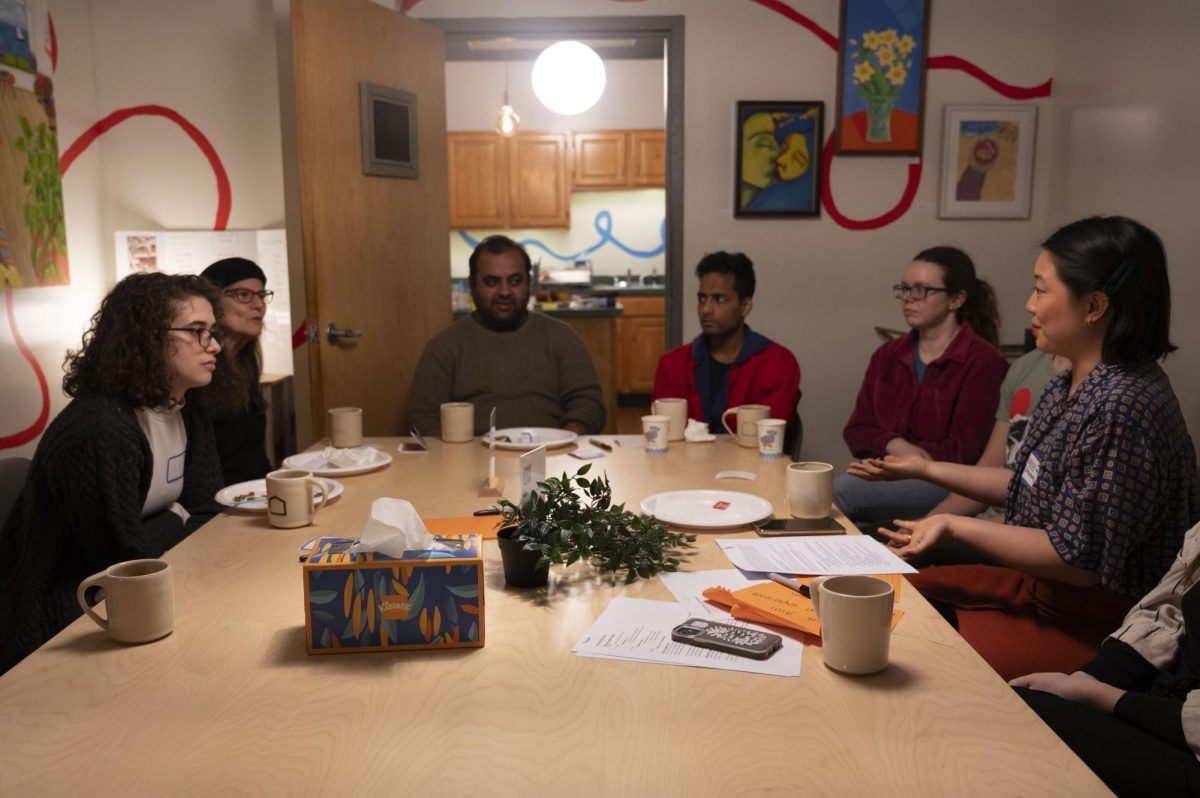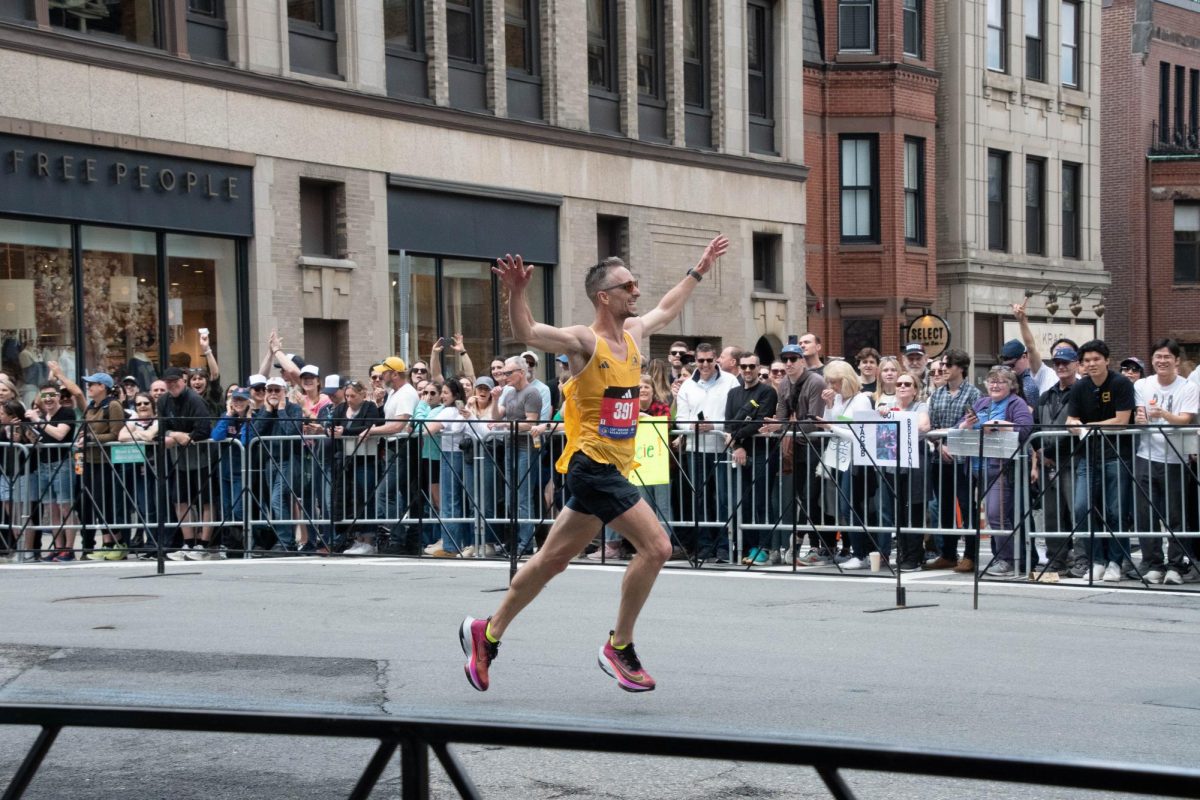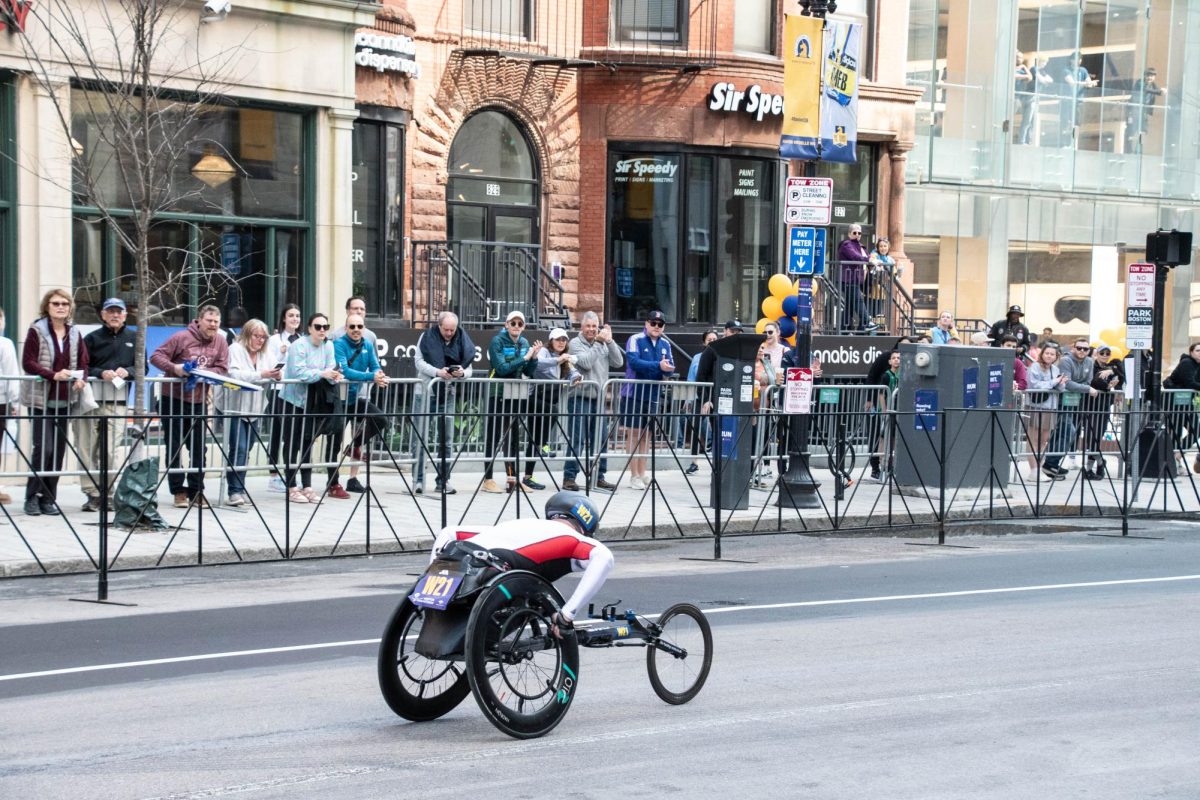By Madelyn Stone, News Staff

Ranked 19th on a list of North America’s 26 most congested cities, Boston may not be known for its efficient traffic flow. A report entitled the Congestion Index, released in July by the GPS manufacturer TomTom, showed Boston commuters face an average delay of 19 minutes each hour during peak driving periods.
Boston’s ranking has decreased since last year, when it was the continent’s 14th worst metropolis for congestion. In fact, it’s third on TomTom’s list of the top five locations with decreasing congestion, and the Boston Transportation Department is continuing to promote measures that reduce frustration for drivers.
Announced last month, the “Don’t Block the Box” campaign enforces an existing law prohibiting drivers from entering an intersection when they’re not certain they can pass through completely. According to an Aug. 20 statement, the campaign is part of a push to increase the safety of drivers and pedestrians at busy intersections.
Cars forced to stop in the middle of the “box” – the square formed by an intersection’s four corners – create difficulties for other vehicles “travelling in a free direction,” according to the state law’s phrasing. Part of Massachusetts General Laws, Chapter 89, Section 9, the legislation states that drivers must wait another cycle of the signal light if they are not able to pass through the intersection on the first green light.
“Vehicles that enter intersections when it may not be possible to cross before the light changes create both traffic bottlenecks and hazardous situations for ambulances and pedestrians alike,” said Tom Yardley, senior transportation planner of the Medical Academic and Scientific Community Organization, Inc. (MASCO), the nonprofit affiliate of the Longwood Medical Area that began the pressure to initiate the campaign. “In speaking with our members and public officials, all agreed that more awareness and reinforcement of better behavior on this issue would improve the quality of life in the Longwood Medical Area.”
The campaign initially focused on educating drivers about the law. Police officers distributed informational literature about the campaign for three days at 18 intersections throughout the Longwood area, East Boston and downtown. The Transportation Department installed new “Do Not Block Intersection, State Law $150 Fine” signs and painted crosshatches on the road at intersections including Huntington Avenue and Ruggles Street, and Massachusetts Avenue and St. Botolph Street.
Around the same time MASCO brought several Longwood area intersections to the Boston Transportation Department’s attention, several East Boston residents conveyed similar concerns about gridlock to the department. Additional input from the Transportation Department and Boston Police Department about some problematic intersections downtown led to the final selection of the 18 locations.
“MASCO … brought concerns to the city related to drivers disobeying the existing laws,” said Tracey Ganiatsos, public affairs coordinator for the City of Boston, describing the development of the measure. “Their concerns were for pedestrian safety but also for gridlock: They had a concern that might be delaying ambulance transport time. Then around the same time it just so happened that some East Boston residents brought their concerns, similar concerns, to the Boston police captain.”
Increased police presence at these intersections began Aug. 23, with police officers issuing $150 citations to drivers blocking intersections.
Alexei Matyushov, a first year graduate candidate for a Ph.D in physics, said the tendency of drivers to block intersections is much more pronounced in Boston than in Phoenix, where he received his undergraduate degree at Arizona State University.
“I see all the time when a car is still kind of stuck and traffic is already trying to go and they honk at the car that’s stuck so I think that’s what you’re talking about – where the car doesn’t pass the intersection completely,” he said.
Milly Beebee, a senior finance and economics major, said the $500 fine for blocking an intersection in Los Angeles, where she’s from, made drivers more conscious when entering “the box.”
“I think it is a huge problem if cars are blocking the traffic flow,” she said. “People in [Los Angeles] know that and are very good about it because it has a $500 fine in some places. I think it’s a good thing.”
Though Ganiatsos said no figures are available yet for the number of citations police have issued to violators of the law, she expressed optimism for the campaign’s effect on driver and pedestrian safety.
“Our hope is that we’ll raise driver awareness of the existing laws,” she said. “If we can raise driver awareness of the law and change behavior, we’re hoping to see voluntary compliance with the law which will result in safer streets and intersections.”


